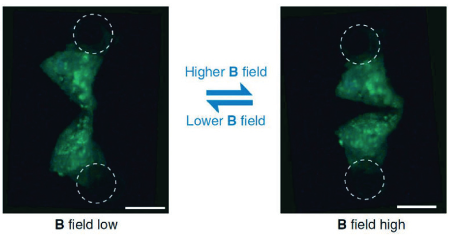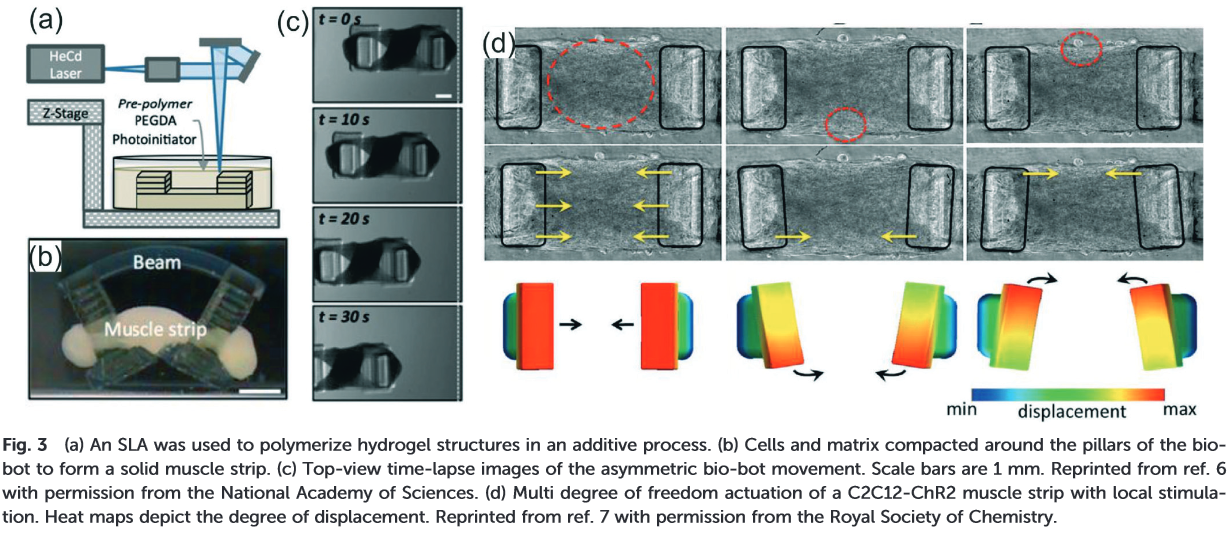 As humans, and especially Americans in general, we like to come out big and bold with concepts, products, and splashy success that gets painted all over the headlines. That’s what gets attention. With 3D printing we have these amazing machines that can sit right on our desktops and produce household items, toys for ourselves and the kids, as well as prototypes giving us the freedom to launch and sustain businesses.
As humans, and especially Americans in general, we like to come out big and bold with concepts, products, and splashy success that gets painted all over the headlines. That’s what gets attention. With 3D printing we have these amazing machines that can sit right on our desktops and produce household items, toys for ourselves and the kids, as well as prototypes giving us the freedom to launch and sustain businesses.
With 3D printing we see ourselves reaching for the stars, literally. We will colonize space. We will build houses, complexes, facilities for clean drinking water. Famine and disease will be eliminated globally. As these ideas abound, and absolutely real and incredible 3D printed products become available (the ones we write about every day), the luxury of realizing the actual scope of this technology sinks in on a smaller level, as technology masters the macro, and innovators begin taking on the challenge of mastering the micro.
 If we can 3D design and 3D print in a really big way, it is of course entirely possible to do things on the less flashy but microscopic level as well, scaling down all these big ideas, and both controlling and improving some of the functions inside the greatest challenge of all: the human body.
If we can 3D design and 3D print in a really big way, it is of course entirely possible to do things on the less flashy but microscopic level as well, scaling down all these big ideas, and both controlling and improving some of the functions inside the greatest challenge of all: the human body.
As 3D printing has progressed, it has been connected more and more with robotics, the 3D printing of robotics, and even what robots can do in performing 3D printing activities themselves — as machines capable of handling complex, tedious, repetitive exercises and tasks. Robots can be scaled up or down — and they can often go where we cannot. Thus is the subject of a research paper by M. M. Stanton, C. Trichet-Paredes, and S. Sánchez titled “Applications of Three-dimensional (3D) Printing for Microswimmers and Bio-Hybrid Robotics” recently published in The Royal Society of Chemistry 2015.
The article examines the reality and the challenges of using 3D printing for the future of manufacturing microrobots, experimenting with microswimmers, and examining their competency in different types of liquid and cellular environments.
The authors of the paper examined studies where 3D printing was used to create and propel a 3D MagnetoSperm swimmer 322 μm in length successfully, as well as a microswimmer 3D printed on a Connex Object260 3D printer in a high-temperature polymer mold which produced an impressive ‘scallop’ shape. The results were utterly amazing — mind-boggling is really an understatement — as well as highly encouraging. Testing of the MagnetoSperm and the scallop microswimmer was successful in numerous viscosities which spurred on further testing for 3D printed microswimmers that would be mobile in a way similar to bacteria rotating in movement, as well as carrying ‘cargo.’
With the same two-photon lithography — and inspired by the rotating, helical microswimmer cargo carrier–microbot cages were designed, coated in nickel and titanium. Shaped both as hexahedral and cylindrical carriers, researchers tested these 3D printed microcages with human kidney cells as cargo, and upon successful transportation through a variety of challenges concluded that 3D printing of the microswimmers and transport devices indeed would have future biomedical robotic applications.
Regarded as ‘bio-hybrids,’ the use of 3D printed mechanisms in biological organisms has evolved further into biologically driven motors, also known as biorobotics. These are vehicles that are powered by cells and biological fluids, put most simply. By 3D printing a 5mm long scaffolding coated in proteins and skeletal muscle myoblasts, researchers were able to produce a mass that would form into a muscle strip strong enough to provide sufficient locomotion for the ‘bio-hybrid crawler.’ Using electric pulses to cause the scaffolding to contract and move, they were able to manipulate its movement sufficiently. Further, they included the use of stimulation with light patterns for creating a bio-hybrid actuator.
Combining the disciplines of science and highly advanced technology, these micro-robots can not only be created with 3D printing but can potentially be used inside the human body, for delivering ‘cargo,’ in the form of whatever is required for healing purposes, propelled along in biological fluid and moved with the contractions of cells.
What do you think the true impact of micro-robotics will be in regards to medicine and healing? Have you worked in the field of 3D printing with any types of robotics, either macro or micro? Share with us in the 3D Printed Microswimmers forum over at 3DPB.com.
Subscribe to Our Email Newsletter
Stay up-to-date on all the latest news from the 3D printing industry and receive information and offers from third party vendors.
You May Also Like
Precision at the Microscale: UK Researchers Advance Medical Devices with BMF’s 3D Printing Tech
University of Nottingham researchers are using Boston Micro Fabrication‘s (BMF) 3D printing technology to develop medical devices that improve compatibility with human tissue. Funded by a UK grant, this project...
3D Printing Webinar and Event Roundup: April 21, 2024
It’s another busy week of webinars and events, starting with Hannover Messe in Germany and continuing with Metalcasting Congress, Chinaplas, TechBlick’s Innovation Festival, and more. Stratasys continues its advanced training...
3D Printing Webinar and Event Roundup: March 17, 2024
It’s another busy week of webinars and events, including SALMED 2024 and AM Forum in Berlin. Stratasys continues its in-person training and is offering two webinars, ASTM is holding a...
3D Printed Micro Antenna is 15% Smaller and 6X Lighter
Horizon Microtechnologies has achieved success in creating a high-frequency D-Band horn antenna through micro 3D printing. However, this achievement did not rely solely on 3D printing; it involved a combination...






























